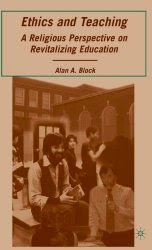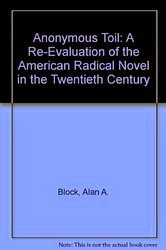15 June 2014
I did not yet read the book, though someone left the novel
lying on the floor by the bedside. The
Fault in Our Stars is young adult fiction and so I am certain the reader
was one of my young adults. I will now read the book because I want to
understand how the experience of the movie differs from the experience of the
book though the subject/plot of both must possess great affinities. I was
deeply affected by the movie but I suspect for reasons separate from the way my
lovely daughters (and even their friends) will see it.
The film’s
protagonists are teens suffering and dying of cancer. I attended an early show
on a chilly, cloudy afternoon in mid June, and the sparse audience consisted
mostly of young adults. They were very quiet. I wondered how the film they
viewed was different than the one I screened. Augustus Waters, Hazel Grace
Lancaster and Isaac (no last name given or remembered) suffer from cancer.
Isaac has lost one eye to cancer before the film had begun and his other eye
must be removed before the film concludes. Issac’s girlfriend cannot bear his
pain and she ends their relationship. Hazel’s cancer is under medical control, but her
condition remains seriously volatile and critically affects the quality of her
life; and during the film Augustus Waters dies from the cancer that had already
taken his leg and that eventually stops his heart. He had been a trophy winning
basketball player. He is, of course, adoringly cute, personable and
unreservedly witty.
Certainly,
these young adults comprise an unusual assortment of leading characters. From
the outset the audience knows that none of them will survive their teen years. A
terrible pall hangs over the film. But The
Fault in Our Stars is also an odd love story, a rather perverse romantic
teen-flick played out on a background of disease and mortality. Augustus and
Hazel establish their relationship despite their illness; their relationship
allows them to transcend their illness. Finally, though the film must end in
death, Augustus and Hazel affirmatively speak the final words of the film:
“OK!” And perhaps as sad as the film must appear to the teens and young adults
to whom the film is directed, there was triumph at the end in the love that
survived death.
But not for
me. To my mind the film represented my ultimate nightmare: the death of a
child. Not like Broken Circle Breakdown,
a film that also concerned the death of a child but was more about the effect of
the death on the relationship of the parents, The Fault in Our Stars was a portrayal of the unnatural imminent
(and not immanent) mortality of three beautiful youths in the midst of a life
that appeared otherwise without any sense of tragic dimension. And though the
three adolescents remained strong and stalwart throughout, there was no attempt
to disguise the threat under which each lived, and there was nothing that the
adults could do—doctors included—to relieve the condition of the children. The
adults were rendered helpless, and I sat in the audience as one of those
helpless parents.
From the film’s
beginning it was clear that someone was going to die, but it was also clear
that Augustus and Hazel were going to fall in love and that there love was
going to not save them but would allow them to overcome the reality of their separate
deaths. In the midst of the sufferings they experienced, love triumphed over
death.
But my
adult cynicism took no comfort; I was Willem Dafoe, the embittered writer to whom
Hazel and Augustus travel to Amsterdam to see, who did not survive the death of
his eight year old daughter from cancer. Along with his daughter he had lost
his life. I think The Fault in our Stars was
two movies: one for young adults and the other for parents. If we both wept, I
think it was for different reasons.











0 Comments:
Post a Comment
<< Home